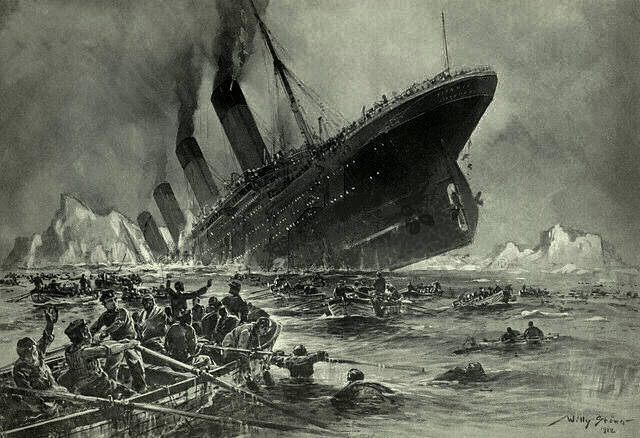In one of the most infamous maritime disasters in history, the RMS Titanic sank in the early hours on April 15, 1912, after colliding with an iceberg in the North Atlantic. The luxury liner, operated by the White Star Line, was on its highly anticipated maiden voyage from Southampton, England, to New York City when disaster struck late on the night of April 14.
Despite being hailed as “practically unsinkable,” the ship’s design could not withstand the damage caused by the iceberg. At 2:20 AM on April 15, the Titanic broke apart and disappeared beneath the icy waters. Tragically, out of the estimated 2,224 passengers and crew, over 1,500 perished due to a lack of lifeboats and the freezing ocean temperatures.
Facts about the Titanic Disaster:
- The Titanic, a grandeur of 882 feet, was considered the pinnacle of luxury travel, a floating palace on the high seas.
- The iceberg was struck at 11:40 PM on April 14, causing fatal damage to the ship’s hull.
- Out of 20 lifeboats, many were launched half-full, leading to a more significant loss of life.
- Amidst the tragedy, the RMS Carpathia emerged as a beacon of hope, rescuing around 710 survivors hours later.
- The disaster led to significant maritime reforms, including lifeboat requirements and 24-hour radio monitoring.
- Over a century later, the story of the Titanic continues to captivate the world, serving as a reminder of human ambition, tragedy, and the importance of safety at sea.

